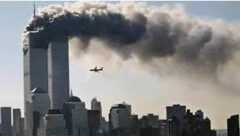Contents
There are some events that have changed world history, and they are not just a page on a calendar. Special dates such as the French Revolution in 1789 or the American War of Independence are the answer to the question “Where were you that day?” for millions of people. The day of the September 11 attacks of 2001 is exactly such a day. Although years have passed since those moments that we watched live on television, which started as a sunny Tuesday morning but turned into one of the darkest days in human history, the shock it caused and the pain it left are still fresh.
The attacks caused great destruction not only physically but also psychologically. For the first time in US history, a terrorist attack of this magnitude was directly experienced on national soil. People entered a deep questioning process regarding security, freedom and lifestyles. Daily life and the understanding of national security, especially in America, changed radically.
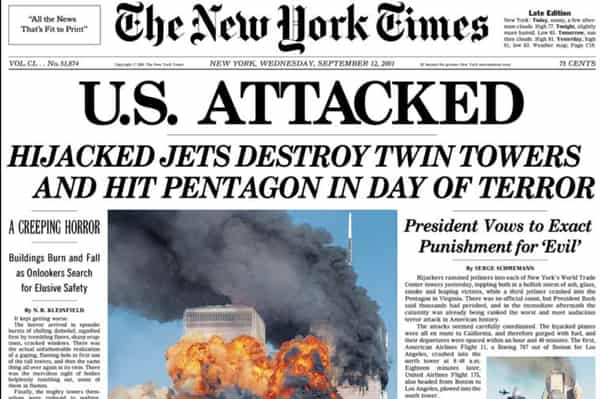
September 11 attacks was also a turning point in global relations. In line with the US’s “War on Terror” policy, military operations against Afghanistan and Iraq began. International diplomacy, security strategies and immigration policies were reshaped. After that day, the world was no longer the old world.
We will try to remember that day not just as a news bulletin, but with respect and in its most humane way, focusing on the human dramas experienced, the incredible stories of courage shown, and the consequences that changed our world forever. Because understanding September 11 attacks means understanding not only the past, but also the world we live in today.
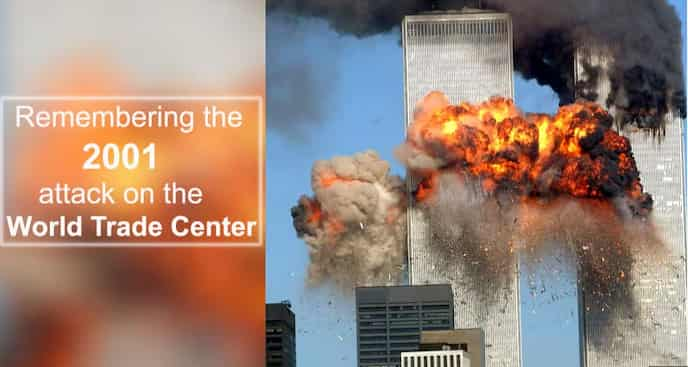
Development of Events at the Moment of Attack
It all started on Tuesday morning, September 11, 2001, like an ordinary business day on the East Coast of America. Millions of people were going to work and school. No one knew that four civilian passenger planes taking off from Boston, Newyork and Washington would be hijacked by 19 terrorists affiliated with the Al Qaeda terrorist organization. The terrorists planned to turn these planes into guided missiles against the economic, military and political symbols of America. This was an unimaginable attack plan that had never been seen before, and unfortunately, it would be largely successful.
At 08:46 local time, the first shock wave hit. American Airlines Flight 11 crashed into the North Tower of the World Trade Center in New York. At that moment, millions of people thought it was a terrible accident. While news channels broadcasted the smoke rising from the burning tower live, no one knew what was going to happen next. People were trying to understand how a pilot could crash into such a large building. But that was just the beginning.
Just 17 minutes later, at 09:03, the entire world painfully realized that this was no accident. United Airlines Flight 175 crashed into the South Tower live on TV, in front of millions of people. The arrival of the second plane and the moment it exploded are etched in our memories as some of the most iconic and terrifying images of that day. There was no longer any doubt; the United States was the target of an organized terrorist attack. From that moment on, fear, panic and uncertainty gripped the entire country and the world.
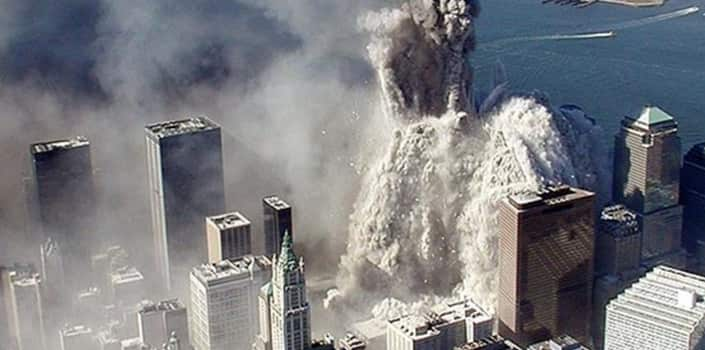
Planes Towards Washington and the White House
The September 11 attacks were not limited to New York. At 09:37, American Airlines Flight 77 hit the Pentagon, the headquarters of the US Department of Defense, near the capital Washington D.C. This showed that the attack had not only an economic but also a military target. The military heart of the country had been hit. The Federal Aviation Administration (FAA) made the decision to halt all civilian flights for the first time in history and began to land thousands of planes in the air at the nearest airport. The skies of America had suddenly gone silent.
The target of the fourth and last plane, United Airlines Flight 93, was another important building in Washington D.C.; probably the White House or the Congress Building. However, the passengers and crew on this plane had learned about the other attacks from their relatives by phone. Realizing that their own plane would also be used as a weapon, these brave people started a rebellion against the terrorists.
Thanks to their heroic struggle, the plane could not reach its target and crashed into a field in the rural area of Shanksville, Pennsylvania at 10:03. Meanwhile, in New York, first the South Tower (09:59) and then the North Tower (10:28) collapsed in a huge cloud of dust, leaving behind vast debris and indescribable pain.
Human Stories of 9/11: Between Fear and Hope
Behind the numbers and timeline of 9/11 September attacks lie thousands of personal tragedies, losses, and pain. The nearly 3,000 people who lost their lives in airplanes and buildings that day were not just statistics; each one was a mother, a father, a child, a friend. Employees, tourists, passengers, and crew members who were just starting their day in their offices in the towers suddenly found themselves in an unimaginable nightmare.
The last phone calls made by those trapped in the upper floors of the towers to their loved ones are some of the most heartbreaking memories of that day.
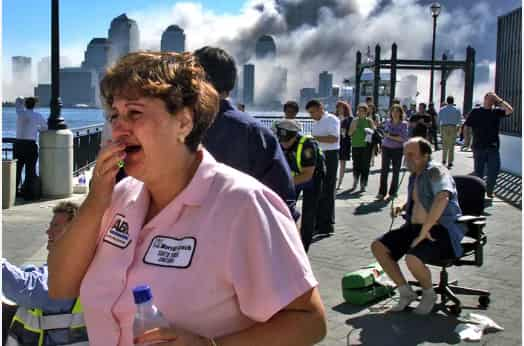
But on that day of fear and chaos, there were also incredible stories of courage that showed how great the human spirit can be. While everyone else was fleeing the buildings for their lives, New York City firefighters, police officers, and paramedics, the first responders, rushed into the burning and collapsing towers without hesitation. Hundreds of these heroes, 343 of whom were firefighters and 72 of whom were police officers, who risked their own lives to save the lives of others, lost their lives in the line of duty that day.
Their sacrifice became one of the most honorable and touching symbols of September 11 attacks.
Another incredible story of courage took place on Flight 93, which we mentioned earlier. Despite knowing that they were going to die, the passengers on the plane refused to surrender to their fate. As a result of the vote they took among themselves, they started a resistance towards the cockpit with the shouts of “Let’s roll!” By preventing the terrorists from reaching their target, they prevented a much bigger disaster that could have happened in the capital.
They became the most striking example of how ordinary people can become heroes in extraordinary circumstances.
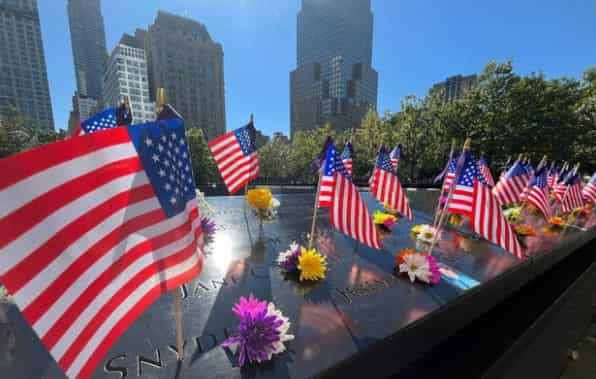
Ground Zero and George W. Bush
Immediately after the attacks, New York and all of America came together in an unprecedented spirit of unity and solidarity. People mobilized to donate blood, help those working in the rubble, and support each other. The search and rescue and debris removal efforts that lasted for weeks and months at the site of the rubble known as Ground Zero witnessed both great pain and an incredible superhuman effort. In those days, everyone, regardless of political views, religion, or race, shared a common grief and a common destiny.
Among these human stories, the experiences of George W. Bush, the US President at the time, also hold an important place. The shocked expression on Bush’s face when he received the news of the attacks while visiting an elementary school in Florida is remembered by the entire world. On that day, as a leader, he faced the heavy responsibility of both calming and uniting his country. The speech he delivered to the nation in the evening gave the first signals of America’s response to this attack and the “War on Terror” period.
The Legacy of September 11 Attacks: Falling Towers
The September 11 attacks were not only a tragic act of terror that cost the lives of thousands of people, but also a historical turning point that fundamentally changed the political, social and cultural dynamics of the 21st century. The debris that emerged after the attacks did not only belong to buildings; it was also the debris of the post-Cold War understanding of security and the image of “invincible America”. From that day on, the world would never be the same again.
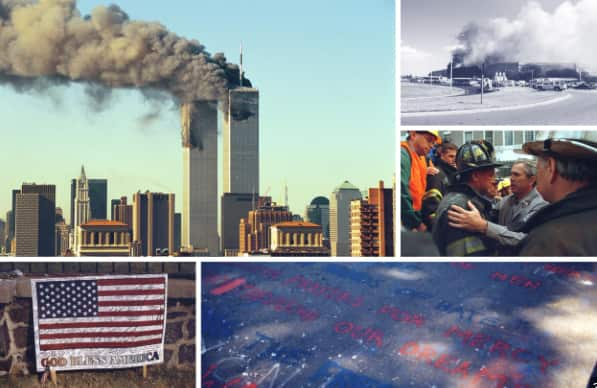
The most concrete political result of the attacks was the global process initiated under the leadership of the USA and called the “War on Terror”. With the declaration of the Al Qaeda organization and its leader Osama bin Laden as responsible for the attacks, the first target was the Taliban regime in Afghanistan, which hosted Al Qaeda. The Afghanistan War, which began in October 2001, was also the beginning of a series of military interventions that would last for years and destabilize the entire region. This process also brought with it controversial steps such as the invasion of Iraq in 2003.
September 11 attacks fundamentally changed the understanding of security and daily life around the world. Airports were the places where the most visible changes took place. Many practices we take for granted today, such as liquid restrictions, shoe removal, and full-body scanners, are a legacy of that day. Countries have enacted new surveillance laws in the name of combating terrorism.
Laws such as the Patriot Act in the US have increased the powers of states to monitor their citizens. This has also sparked a global debate about the delicate balance between “security and freedom.”
The September 11 Museum and the Islamophobia
Another unfortunate result of the September 11 attacks was the rise of Islamophobia in the Western world. The identity of those who carried out the attacks unfortunately caused many innocent Muslims to be viewed with suspicion, subjected to discrimination and hate crimes. The identification of terrorism with a specific religion increased cultural and social tensions. Since then, the need for dialogue between civilizations and combating the real sources of terrorism has become more important than ever.
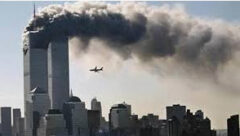
Today, on the site where the Twin Towers used to stand, the 9/11 Memorial & Museum stands in memory of those who lost their lives that day. The two giant reflection pools built on the “footprints” of the collapsed towers symbolize both that great loss and the continuation of life. Although nearly a quarter of a century has passed since 9/11, it continues to affect many areas of our lives, from politics to art, from security to human relations. It is not just a piece of history; it is a painful lesson that should not be forgotten and a deep mark on the collective memory of humanity.
September 11 Attacks and the Changing Politics
The 2001 September 11 attacks opened the doors to a new era in world politics. This terrorist attack on US soil fundamentally shook the perception of international security. Security threats that had been addressed more locally until then were now being considered on a global scale. This caused states to reconsider their foreign policies, military strategies and alliance relations.
The “War on Terror” doctrine launched by the United States following the attacks was not limited to military interventions in Afghanistan and Iraq. NATO supported the US by activating Article 5 for the first time in its history. Thus, the fight against terrorism became a common issue not only for one country but for the entire Western world. This situation caused NATO to transfer its military power to the Middle East and caused the balances in the Islamic geography to change significantly.
The destabilization of the Middle East in the post-September 11 attacks period also affected the internal dynamics of the countries in the region. The rise of terrorist organizations, the escalation of sectarian conflicts, and the humanitarian crises faced by civilians have led Western countries to adopt a more interventionist foreign policy. However, these interventions have often brought new crises to the region. The instability following the Iraq War has paved the way for the emergence of radical organizations such as ISIS.
